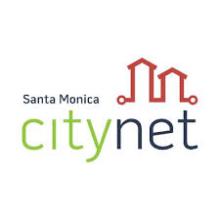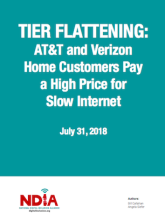A Monkeybrainey Plan to Improve Connectivity in San Francisco Public Housing - Community Broadband Bits Podcast 319

Communities who want the best for their citizens typically recognize the importance of digital equity and often take steps to develop digital inclusion programs. Last year on the podcast, we invited folks from the ISP Monkeybrains to explain how they were working with the city of San Francisco to develop a way to provide high-speed connectivity to residents living in several public housing facilities. We decided it was time to share the details of their model so other communities could consider their approach as a workable plan. Our summer Public Policy Intern Hannah Rank took on the task of writing a detailed report about the project. This week, she sat down with Christopher to offer a preview of what she’s learned.
In addition to an outline about the history of ISP Monkebrains and where they obtained additional funding for the project, Christopher and Hannah discuss the pros and cons of the California Advanced Services Fund (CASF). They discuss how a smart digital inclusion program as part of such a plan to offer broadband to lower-income households can help those enrolled and help keep overall costs down.
Be sure to look for the release of our report this fall to learn more details about how San Francisco and Monkeybrains are bringing better connectivity to public housing to help residents participate in the digital economy. Until then, you can learn more about Monkeybrains and the plan by listening to episode 264 of the podcast.
This show is 32 minutes long and can be played on this page or via Apple Podcasts or the tool of your choice using this feed.
Transcript below.
We want your feedback and suggestions for the show-please e-mail us or leave a comment below.
Listen to other episodes here or view all episodes in our index. See other podcasts from the Institute for Local Self-Reliance here.
Thanks to Arne Huseby for the music. The song is Warm Duck Shuffle and is licensed under a Creative Commons Attribution (3.0) license.



